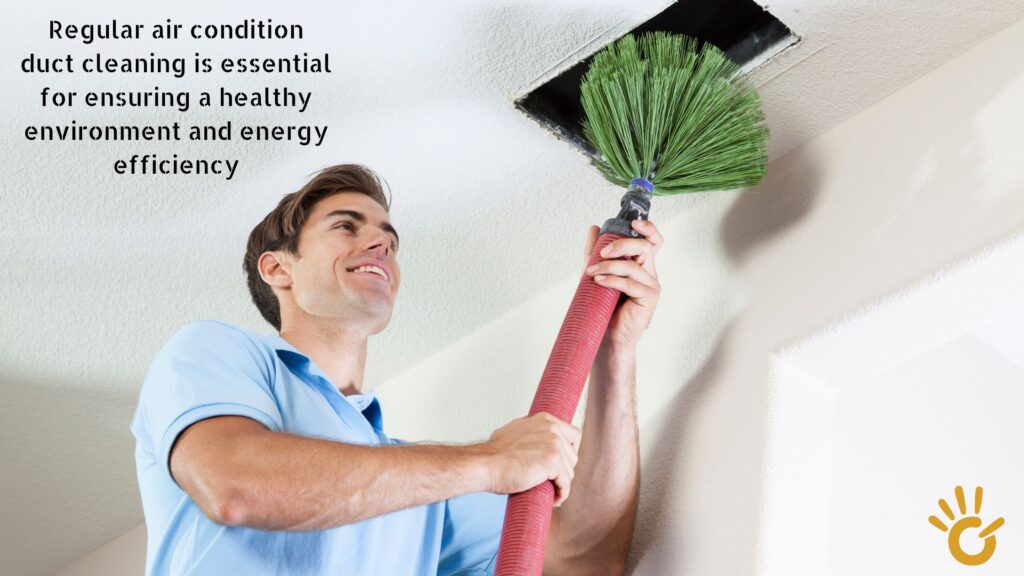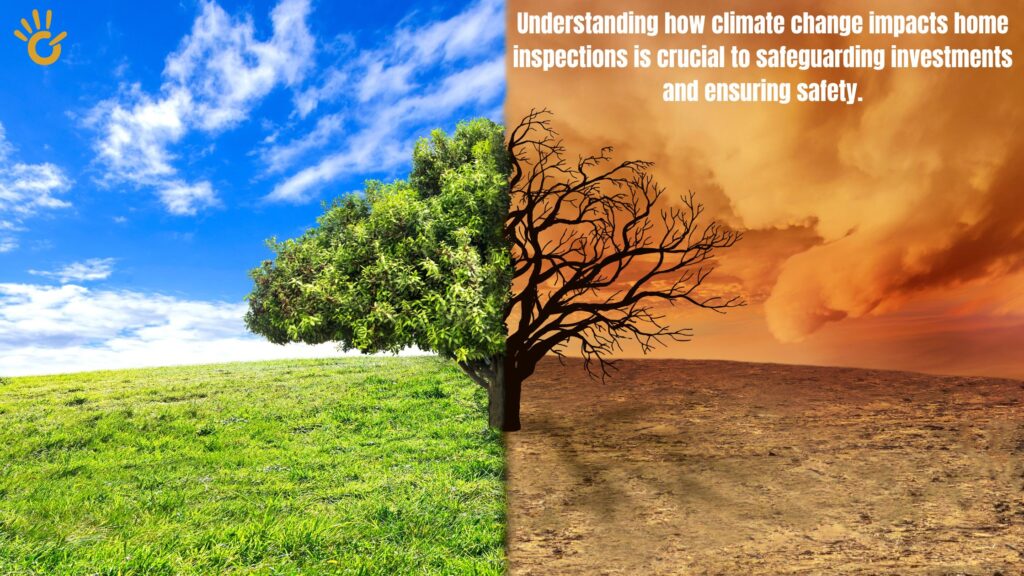
Mold and mildew can pose significant risks to both your home’s structural integrity and the health of its occupants. While these issues are a concern in homes around the world, they are particularly prevalent in humid regions like the UAE, where high temperatures and humidity levels create an ideal environment for mold growth. Whether you’re living in a villa by the coast or an apartment in a high-rise building, preventing mold and mildew is crucial to maintaining a healthy home. In this article, we explore the causes, risks, and essential strategies for mold and mildew prevention, with a special focus on UAE homeowners.
Understanding Mold and Mildew: What’s the Difference?
Mold and mildew are both fungi, but they differ in appearance and growth patterns.
-Mold: Typically black, green, or blue, mold thrives in damp, dark spaces and can grow on various surfaces, including wood, walls, insulation, and fabrics. Mold can penetrate deeply into porous materials, making it harder to remove once established.
– Mildew: Mildew is often white, gray, or yellow and grows in a flat, powdery pattern. It usually forms on surface areas, such as shower walls, window sills, and ceilings, where moisture accumulates.
Both mold and mildew can produce allergens and irritants, which can lead to health problems, including respiratory issues, skin irritation, and allergic reactions. In a hot and humid region like the UAE, the risk of mold and mildew is higher, making it essential for homeowners to stay vigilant.
Why Mold and Mildew Thrive in the UAE
The UAE’s climate is characterized by extreme heat and high humidity, especially during the summer months. This combination creates an environment where moisture can accumulate, particularly in areas with poor ventilation. Coastal regions, where humidity is even higher, are especially prone to mold growth. In addition, occasional rainstorms and flooding can lead to water damage in homes, which, if not dealt with properly, can result in long-term mold problems.
Even though the UAE is a desert nation, the prevalence of air conditioning and insulation in homes can lead to moisture buildup, as cool air interacts with warm air, causing condensation. This makes mold prevention an essential part of home maintenance in the UAE.
The Dangers of Mold and Mildew
Mold and mildew are not just unsightly—they can pose serious health risks and damage your home. Common dangers include:
– Health Risks: Mold spores can trigger allergic reactions, asthma attacks, and other respiratory problems, especially in children, the elderly, and those with weakened immune systems. Long-term exposure to mold can lead to more severe health issues, including chronic sinus infections and even neurological problems.
– Structural Damage: Mold can weaken walls, ceilings, and floors by breaking down organic materials like wood and drywall. Over time, unchecked mold growth can lead to costly repairs and even make your home uninhabitable.
– Decreased Property Value: Mold infestations can lower the value of your home, making it harder to sell if not addressed. Potential buyers may be wary of homes with a history of mold problems, fearing long-term issues or health risks.
How to Prevent Mold and Mildew in Your Home
While mold and mildew can be tough to eliminate once they take hold, preventing them from growing in the first place is much easier. Here are some practical steps to protect your home:
Control Humidity Levels
– Use Dehumidifier: Dehumidifiers help reduce moisture levels in the air, particularly in rooms prone to dampness like bathrooms, kitchens, and basements. In the UAE, where humidity is high, dehumidifiers can be an essential tool for keeping mold at bay.
– Air Conditioning Maintenance: Air conditioners not only cool the air but also reduce humidity. Ensure your air conditioning system is well-maintained, with regular servicing to prevent moisture buildup and ensure proper airflow.
Ensure Proper Ventilation
– Install Exhaust Fans: Ensure that areas prone to moisture, such as bathrooms and kitchens, are equipped with functional exhaust fans. These fans help remove excess moisture from the air, preventing the conditions mold and mildew thrive in.
– Open Windows and Doors: Proper ventilation is key to preventing moisture buildup in your home. Whenever possible, open windows and doors to allow fresh air to circulate and dry out damp areas. This is especially important in the UAE, where homes are often sealed to keep out the heat.
Fix Leaks and Address Water Damage Promptly
– Inspect for Leaks: Regularly check your home for any signs of leaks, whether from plumbing, windows, or the roof. Even a small leak can lead to mold growth if left untreated. Pay special attention to areas like under sinks, around showers, and near windows.
– Address Water Damage Quickly: If your home experiences water damage from heavy rain, flooding, or leaks, act fast to dry out the affected areas. Use fans, dehumidifiers, and towels to remove as much moisture as possible. If the damage is extensive, consider hiring professionals to assess and repair the area to prevent future mold growth.
Regular Cleaning and Maintenance
– Clean Mold-Prone Areas: Regularly clean areas of your home that are prone to moisture, such as shower tiles, windowsills, and basements. Use mold-killing solutions, such as diluted bleach or commercial mold removers, to keep these areas free of spores.
– Use Mold-Resistant Materials: When renovating or building, choose mold-resistant materials such as moisture-resistant drywall, paints with mold inhibitors, and flooring that resists water absorption. This is especially important in high-humidity environments like the UAE.
Improve Insulation
– Prevent Condensation: Condensation occurs when warm, moist air meets cooler surfaces. Proper insulation can prevent condensation from forming on walls, ceilings, and windows, reducing the risk of mold growth. In the UAE, where air conditioning creates temperature differences inside the home, insulation is key to avoiding mold in these areas.
Mold Removal: What to Do If You Find Mold
If you discover mold in your home, it’s important to act quickly. For small areas of mold, you can try cleaning the affected surfaces with a solution of water and vinegar, or water and bleach. Wear gloves and a mask to protect yourself from inhaling mold spores.
However, if the mold covers a large area or has penetrated deeply into walls or floors, it’s best to call in professional mold removal services. These experts have the tools and knowledge to safely remove mold and prevent it from returning.
Mold Prevention in the UAE: Special Considerations
In the UAE, where the climate is hot and humid, preventing mold requires extra vigilance. Here are a few UAE-specific tips to keep in mind:
– Monitor Coastal Homes Closely: If you live near the coast, your home is more vulnerable to humidity and saltwater, both of which can encourage mold growth. Be extra cautious about inspecting windows, doors, and any areas where saltwater may infiltrate.
Maintain Air Conditioning Systems: Because air conditioning is used almost year-round in the UAE, it’s crucial to have your systems serviced regularly. Make sure filters are clean, condensation pans are empty, and ducts are free from mold growth.
Keep an Eye on Seasonal Changes: The UAE experiences occasional rainstorms and high humidity, particularly during the summer months. Pay attention to these seasonal changes and take extra precautions during times of increased humidity.
Conclusion: A Mold-Free Home for Health and Comfort
Mold and mildew prevention is essential for maintaining a healthy, safe, and comfortable home. By controlling humidity, ensuring proper ventilation, addressing leaks quickly, and maintaining a regular cleaning routine, you can keep mold and mildew at bay. For homeowners in the UAE, these steps are especially important given the country’s unique climate. With the right precautions, you can protect both your home’s structural integrity and the health of your family.



Pingback: can you Use Exterior Paint Inside